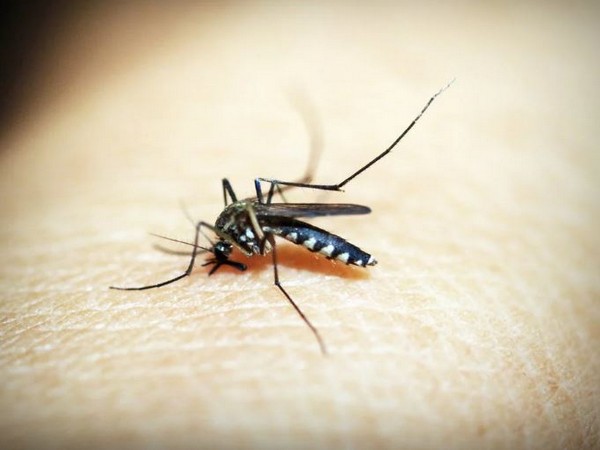Japanese Encephalitis claims four more lives in Assam, death toll mounts to 52
Japanese Encephalitis has claimed four more lives in Assam taking the death toll to 52.

- Country:
- India
Japanese Encephalitis has claimed four more lives in Assam taking the death toll to 52. According to the data shared by National Health Mission (NHM), Assam, four persons died due to Japanese Encephalitis infection in the state in the last 24 hours. All four persons died in central Assam's Nagaon district. In the last 24 hours three new cases of Japanese Encephalitis have been detected in the state - one each in Bongaigaon, Majuli and West Karbi Anglong districts. Since July this year, 305 cases of Japanese Encephalitis have been detected in the state. The NHM has issued a standard operating procedure and guidelines to tackle the situation arising from the outbreak and health workers have been conducting massive awareness campaigns against the disease throughout the state.
Japanese encephalitis virus (JEV) is the leading cause of viral encephalitis in Asia. It is a mosquito-borne flavivirus that belongs to the same genus as the dengue, yellow fever and West Nile viruses. The first case of Japanese encephalitis viral disease (JE) was documented in 1871 in Japan. The annual incidence of the clinical disease varies both across and within endemic countries, ranging from 1 to 10 per 1 lakh of population or higher during outbreaks, as per the website of the World Health Organization (WHO).
Most JEV infections are mild (fever and headache) or without apparent symptoms, but approximately 1 in 250 infections results in severe clinical illness. The incubation period is between 4 and 14 days. In children, gastrointestinal pain and vomiting may be the dominant initial symptoms. Severe diseases are characterized by rapid onset of high fever, headache, neck stiffness, disorientation, coma, seizures, spastic paralysis and ultimately death. The case-fatality rate can be as high as 30 per cent among those with the symptoms of the disease.
Of those who survive, 20 per cent to 30 per cent suffer permanent intellectual, behavioural or neurological sequelae such as paralysis, recurrent seizures or the inability to speak. Safe and effective JE vaccines are available to prevent disease. WHO recommends having strong JE prevention and control activities, including JE immunization in all the regions where the disease is a recognized public health priority, along with strengthening surveillance and reporting mechanisms. Even if the number of JE-confirmed cases is low, vaccination should be considered where there is a suitable environment for JE virus transmission.
On the other hand, the flood situation in nine districts of the state has again worsened as nearly 36,000 people have been affected in the current wave of flood. According to the Assam State Disaster Management Authority (ASDMA), 24180 people have been affected alone in Dhemaji district followed by 4230 people in Lakhimpur district, and 3953 people in Chirang district. Around 99 villages in nine districts are still under flood waters. The water levels in several rivers have risen following incessant rains in parts of Assam, Arunachal Pradesh and Bhutan. The flood report of ASDMA stated that 67803 animals in Dhemaji, Lakhimpur, Nalbari and Bajali district have affected by the flood. A total of 199 persons have lost their lives in floods and landslides in the state this year so far. (ANI)
(This story has not been edited by Devdiscourse staff and is auto-generated from a syndicated feed.)
ALSO READ
Building Bridges: Japanese-South Korean Summit Aims for Stability Amid Rising Tensions
China's Rare Earths Restrictions Impact Japanese Industries
China curbs rare earth exports to Japanese companies after dual-use ban, WSJ reports
China Launches Anti-Dumping Probe Into Japanese Dichlorosilane Imports
Chemical Stocks Tumble as China Probes Japanese Imports










